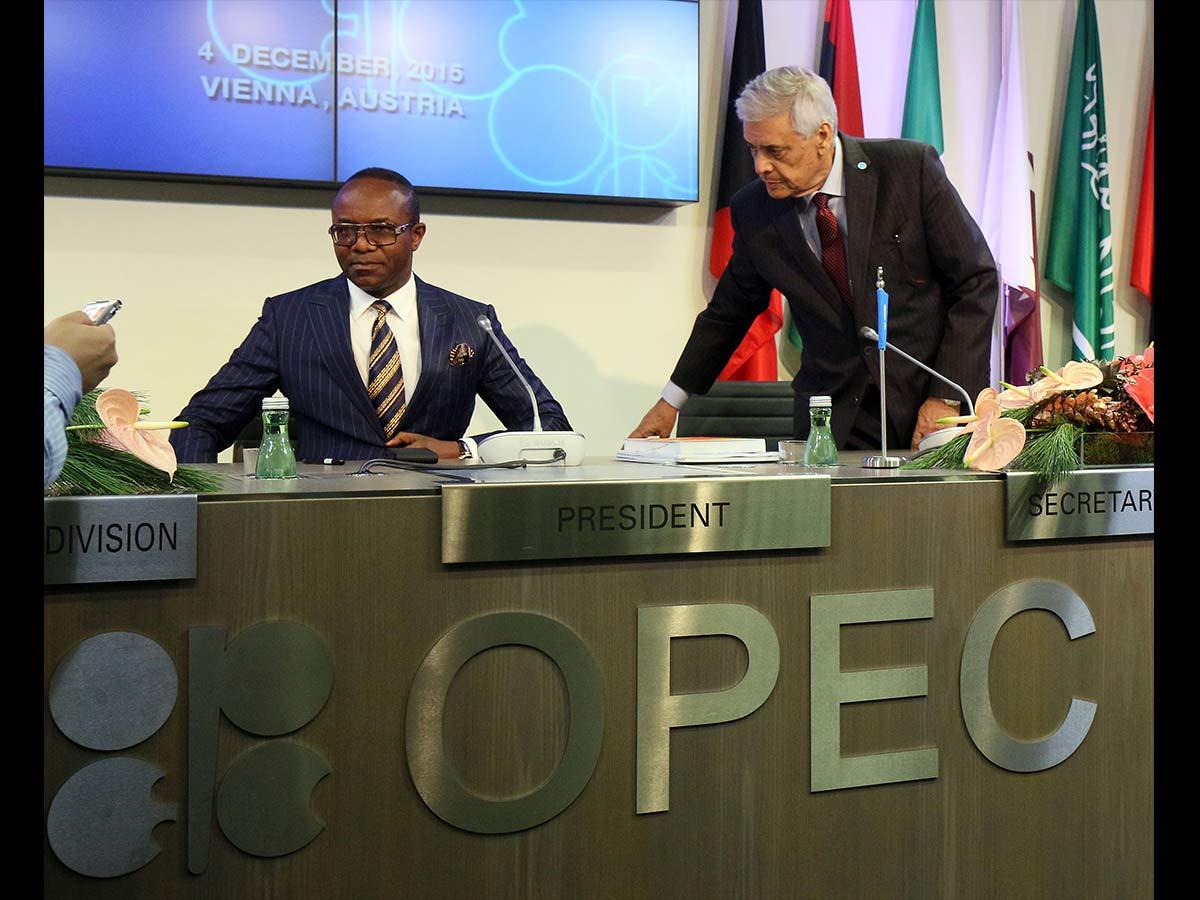There are no products in your shopping cart.
| 0 Items | £0.00 |

 NIGERIA'S economic prospects are looking up again after crude oil prices hit a 2019 high of $65 a barrel in response to the production cutbacks initiated by the Organisation of Petroleum Exporting Countries (Opec) and a partial shutdown of Saudi Arabia’s biggest offshore field.
NIGERIA'S economic prospects are looking up again after crude oil prices hit a 2019 high of $65 a barrel in response to the production cutbacks initiated by the Organisation of Petroleum Exporting Countries (Opec) and a partial shutdown of Saudi Arabia’s biggest offshore field.
This year, Nigeria's budget projections are predicated on crude selling for $60 a barrel and the nation producing 2.3m tonnes a day. At the beginning of the year, however, global oil prices dropped to around $50 a barrel but over recent weeks they have risen again thanks to production cuts by Opec member states and Russia.
In a further sign that things are picking up, Brent crude prices rose to $65.10 a barrel this morning, pushing past the $65 mark for the first time this year. Nigeria's Bonny Light Crude is identical to Brent crude as both oils are low in sulphur content and sell for the same price internationally.
Traders said prices were pushed up by the partial closure of Saudi Arabia’s Safaniyah, its biggest offshore oil field with a production capacity of more than 1m barrels per day. This shutdown occurred earlier this week and it is not immediately clear when the field would return to full capacity.
Closing the oilfield comes on top of voluntary supply cuts led by Opec, with Saudi Arabia the de-facto leader, at the vanguard of the move. None-Opec producers including Russia joined forces late last year agreed to cut crude output by a joint 1.2m barrels per day (bpd) in a bid to rally global prices.
Russia has reduced its oil production by between 80,000 and 90,000 bpd from October levels and the cuts have had a big impact in reducing supply and boosting prices. Industry watchers expect this to lead to further price rallies over the course of the rest of the year.
A Bank of America Merrill Lynch spokesman said: “Brent should average $70 per barrel in 2019, helped by voluntary Saudi, Kuwait, UAE and involuntary Venezuela and Iran declines in Opec supply. We expect a 2.5m barrels per day drop in Opec supply from the fourth quarter of 2018 into the fourth quarter of 2019."
Despite Friday’s bullish market, there are signs of a slowdown in demand. Faltering economic growth is also a concern, with signs of a slowdown now abundant in Europe, Asia and the US.
Also, most analysts expect US output to rise past 12, bpd soon and perhaps even hit 13m by the end of the year. Rising US shale oil supply, increasing spare capacity within Opec and stagnating fuel consumption means the medium-term oil price outlook is low.